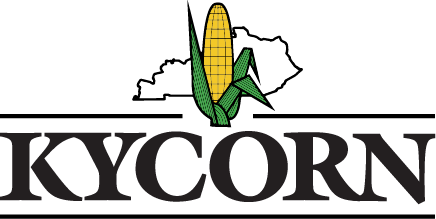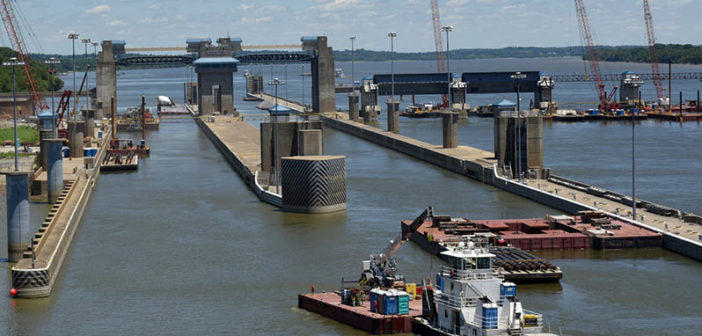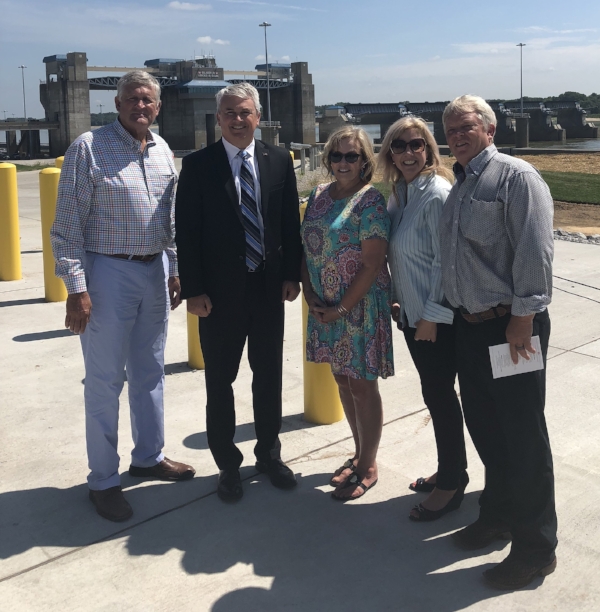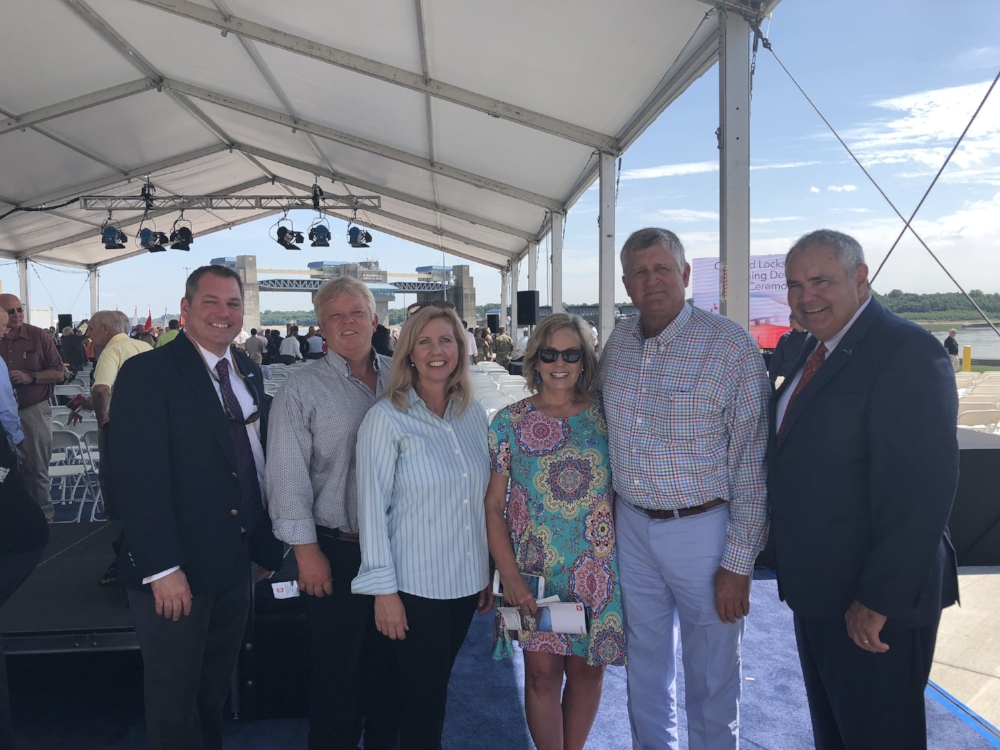After over 30 years of planning and construction, one of the most important segments of the U.S. inland waterway system—Olmsted Locks and Dam (L&D)—has been completed.
The U.S. Army Corps of Engineers (Corps) held a ribbon-cutting ceremony for this milestone on August 30, in Olmsted, IL.
Olmsted L&D is located on a strategic reach of the Ohio River that provides a connection between the Mississippi, Tennessee, and Cumberland rivers. According to the Corps, more tonnage passes this point than any other place in America’s inland navigation system.
The project, officially called the Locks and Dams 52 and 53 Replacement Project, consists of two 110-foot wide by 1,200-feet long locks adjacent to the Illinois side of the river, and a dam that spans the river and connects with Kentucky.
L&D 52 and 53 were built nearly 90 years ago and have been in a nearly constant state of repair in recent years. Due to closures at the locks, especially L&D 52, there have been days-long delays as barges waited for needed repairs to transit the obsolete locks.
Olmsted L&D Funding
The Olmsted L&D project was authorized by the Water Resources Development Act of 1988, at an estimated cost of $775 million at the time. The authorized project cost was increased, as part of the Continuing Appropriations Act of 2014, to $2.918 billion.
From the start of the project to FY 2013, Olmsted L&D was funded through a 50 percent share from the General Treasury and a 50 percent share from the Inland Waterways Trust Fund (IWTF). The FY 2014 Omnibus Appropriation Act changed the funding split for Olmsted L&D to a 25 percent share from the IWTF and a 75 percent from the General Treasury, but only for FY 2014.
The Water Resources Reform and Development Act of 2014 changed the funding distribution for the Olmsted L&D project to 15 percent IWTF and 85 percent General Treasury, beginning FY 2015 and beyond.
The total estimated cost of the final project is $2.7 billion. Funding for all other major rehabilitation and new construction projects require a 50/50 split.
According to the Corps, the cost increase, from $775 million to $2.7 billion, was caused by a variety of factors. The new dam technology required one-of-a-kind equipment for heavy lifting, moving and setting large concrete shells to accurate locations, and other associated procedures.
The cost of these technologies became more expensive than anticipated. Adding to overall cost increases were funding shortages that slowed project progress and inflation, over 30 years.
Commodities Moved on the Lower Ohio River
From 2013 to 2017, Ohio River L&D 52 handled, on average, about 78.2 million tons per year (combined up-bound and down-bound traffic).
The principle commodity moved through L&D 52 was coal, representing about one-quarter of all tonnages. However, coal tonnages have declined in recent years, from 38.3 million tons in 2012 to 16.4 million tons by 2017.
From 2013 to 2017, corn, soybeans, fertilizers, feed products, wheat, and other agricultural products represented about 22 percent of all tonnages.
About 83 percent of the corn and soybean shipments were down-bound movements. Up-bound shipments accounted for 17 percent of corn and soybean movements through L&D 52, indicating some corn and soybeans from the Midwest are delivered to domestic markets from the Mississippi River with eventual destinations up-river on the Ohio, Tennessee, or Cumberland rivers.
Economic Benefits
Without the disruptions caused by the L&Ds 52 and 53, the newly completed Olmsted L&D replacement will provide a reliable and efficient transportation component for a vital segment of the river system, a system that provides transportation for about half of U.S. corn and soybean exports from interior production areas to seaports, for eventual shipment to foreign markets.
Article from the USDA Grain Transportation Report




